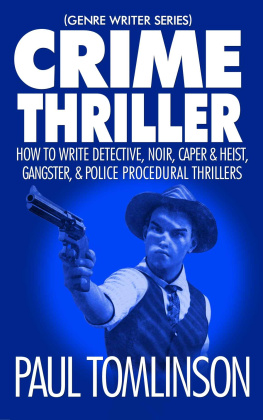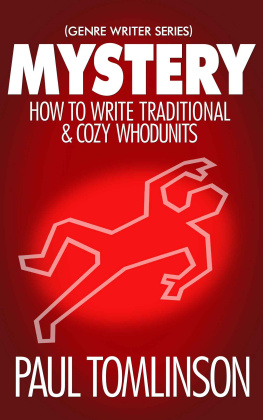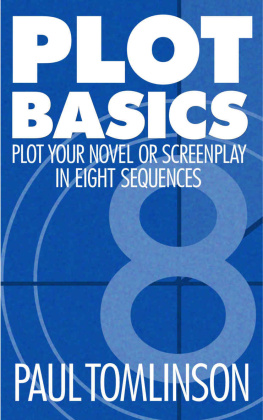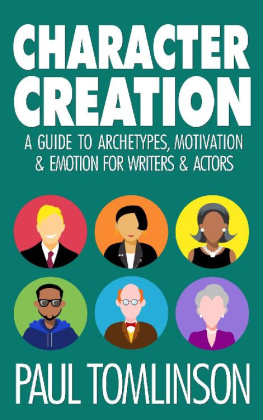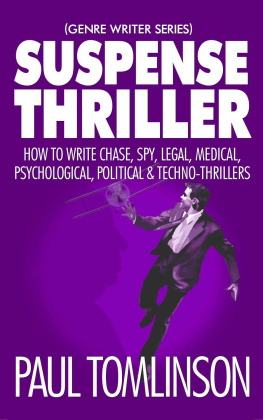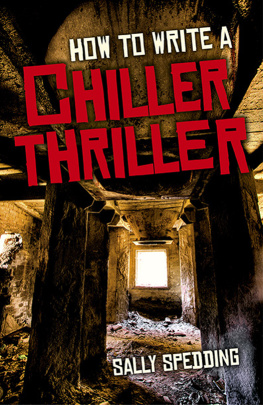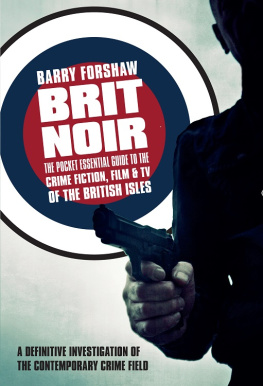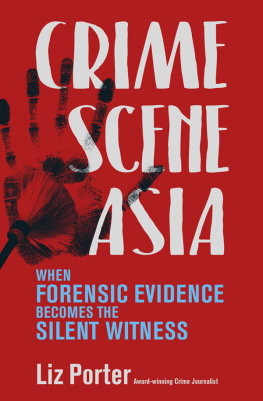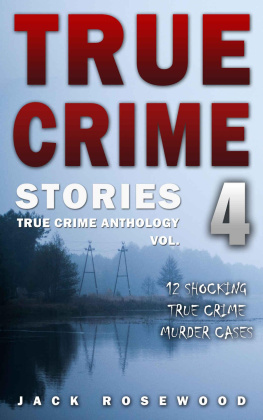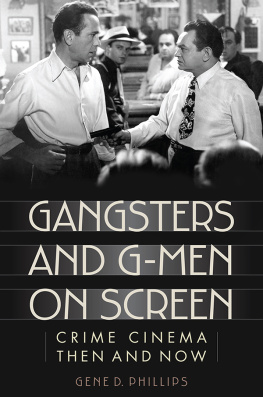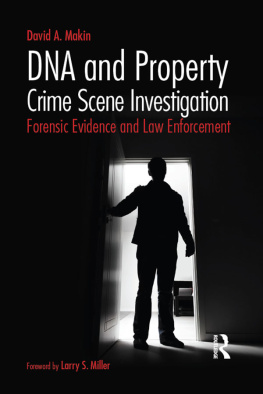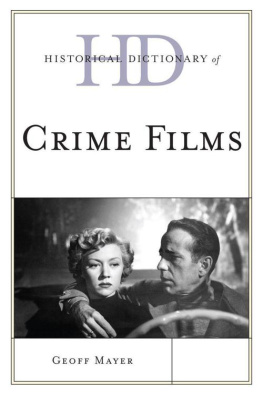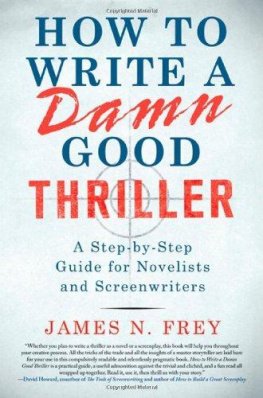Table of Contents
To find out more about the Genre Writer series and to receive additional free writing advice, sign up to the mailing list:
www.paultomlinson.org/signup
Crime Thriller is Copyright 2019 by Paul Tomlinson
All rights reserved. This book may not be reproduced or transmitted, in whole or in part, or used in any manner whatsoever, without the express permission of the copyright owner, except for the use of brief quotations in the context of a book review.
The content of this book is provided for educational purposes. Every effort has been made to ensure the accuracy of the information presented. However, the information is sold without warranty, either express or implied, and the author shall not be liable for any loss or damage caused directly or indirectly by its use.
First published April 2019
Publisher: Paul Tomlinson
www.paultomlinson.org/how-to
Cover image and design 2019 by Paul Tomlinson
Introduction
The crime thriller came into existence between the First World War and World War II. It grew out of the inverted mystery story, in which the criminal was the hero instead of the detective, and documentary-style stories of investigators working for the police, FBI, and private detective agencies. It also drew on elements of the suspense thriller in order to place its hero much closer to the centre of the action and to put him in much greater jeopardy. The eccentric amateur detective who solved a carefully constructed whodunit mystery in the drawing room of an English country house was replaced by a more realistic form of hero and a more realistic form of plot. Though in fiction realism is a relative term. In the decade between the first appearance of Agatha Christies Hercule Poirot and that of Dashiell Hammetts Sam Spade, the conventions of the mystery story changed forever.
Crime Thriller is the third volume in the Genre Writer series following Mystery (2017) in which I wrote about the conventions and plot structure of the traditional whodunit, cozy, or classic murder mystery and Suspense Thriller (2018) in which I covered the following sub-genres:
- Amateur on the run or Hitchcock thriller
- Spies & espionage
- Political thriller
- Medical thriller
- Legal thriller
- Techno-thriller
- Psychological thriller
- Manhunts & chases
In this book, I will be looking at the conventions and plot structures for:
- Hardboiled/private detectives
- Gangsters
- Crime sprees & gun molls
- Police procedurals
- Forensic investigation
- Psychological profiling & serial killers
- Undercover cops
- Heists & robberies
- Burglars & thieves
- Confidence tricks
- Prison thrillers
- Noir romance
- Enforcers & vigilantes
- Buddies, bodyguards & bounty hunters
In addition, there are chapters on informants, surveillance and stake-outs, interviewing and interrogation, car chases, and the typical sequences of events in a missing person investigation and a murder investigation.
Genre Conventions
Readers of a particular genre of novel or viewers of genre movies are seeking a story that is the same only different. They want to see familiar genre elements presented in a fresh way. As writers, our challeng
- Setting: Where and when the story is set including physical place, historical period, and social milieu.
- Iconography: What objects or props, clothing, or other items appear, and what is their symbolic meaning?
- Themes: What human values are defended or opposed? What issues or concepts are explored?
- Tone: What is the emotional mood or style of the story?
- Characters: What roles are required and what types of people fill them?
- Plots: What is the typical sequence of events and what scenes regularly occur?
Some of the sub-genres I cover in this book share the same conventions, especially in terms of things like iconography and settings, so I have tried to avoid duplication as far as possible and have not used the above headings in every chapter.
Deciding on which sub-genres of the crime thriller I should include wasnt easy as there is no standard list or set of definitions. Some sub-genres are distinctly different when it comes to characters and plot a story about a cat burglar is different to one about a gang of bank robbers or confidence tricksters, but in many places these are all lumped together as capers. Film noir is another tricky subject many films in that category are hardboiled detective stories or police procedurals and in the end I opted to focus on one sub-genre that wasnt about private or police investigators, the noir romance. I have tried to come up with helpful sub-genres based, for the most part, on differences in plot structure but be aware that may definitions and divisions may not match exactly those you will find elsewhere. As far as possible, I have tried to choose pure examples of each type of plot I describe, but there is a great deal of overlap between crime thriller sub-genres and you may not always agree with the box I have put a particular film into. I also cheat occasionally and refer to the same film in more than one sub-genre.
Plot Conventions
Genre fiction tends to be plot-centred rather than character-centred with the story people treated as a function of the plot. For this reason, this series is focused mainly on plot structure and the roles played by characters within the plot. The buddy movie which has a chapter towards the end of the book is a rare example where character development has a significant role to play. I will show how changes the main character undergoes can be plotted alongside the action of the thriller.
In the Genre Writer series, I use a model for analysing and creating plots that is based on the three-act structure and the eight- sequence model that is often taught to screenwriters. The eight-sequence model was originally devised by Frank Daniel at UCLA and has been widely used by writers since then. If you have never come across it before, you can read about it online or in Paul Gulinos book Screenwriting: The Sequence Approach. I also wrote about using it for novels and screenplays in my Plot Basics book.
I will deconstruct typical examples of each of the sub-genres, to reveal the fundamental requirements of crime thriller plots. The information presented here also draws extensively on what academics and critics have written about the genre.
Most of the chapters are self-contained, but some do build on or reference ideas in earlier ones. The best approach might be to read the whole book through once to get an overview, skimming the detail occasionally, and then go back and dip into the relevant sections as you develop your own thriller. The chapters towards the end cover subjects that could be applicable to many of the different sub-genres investigations, interviewing witnesses, surveillance, and car chases and the section on victimology in Chapter Six will be relevant to any story which features the victim of a crime.
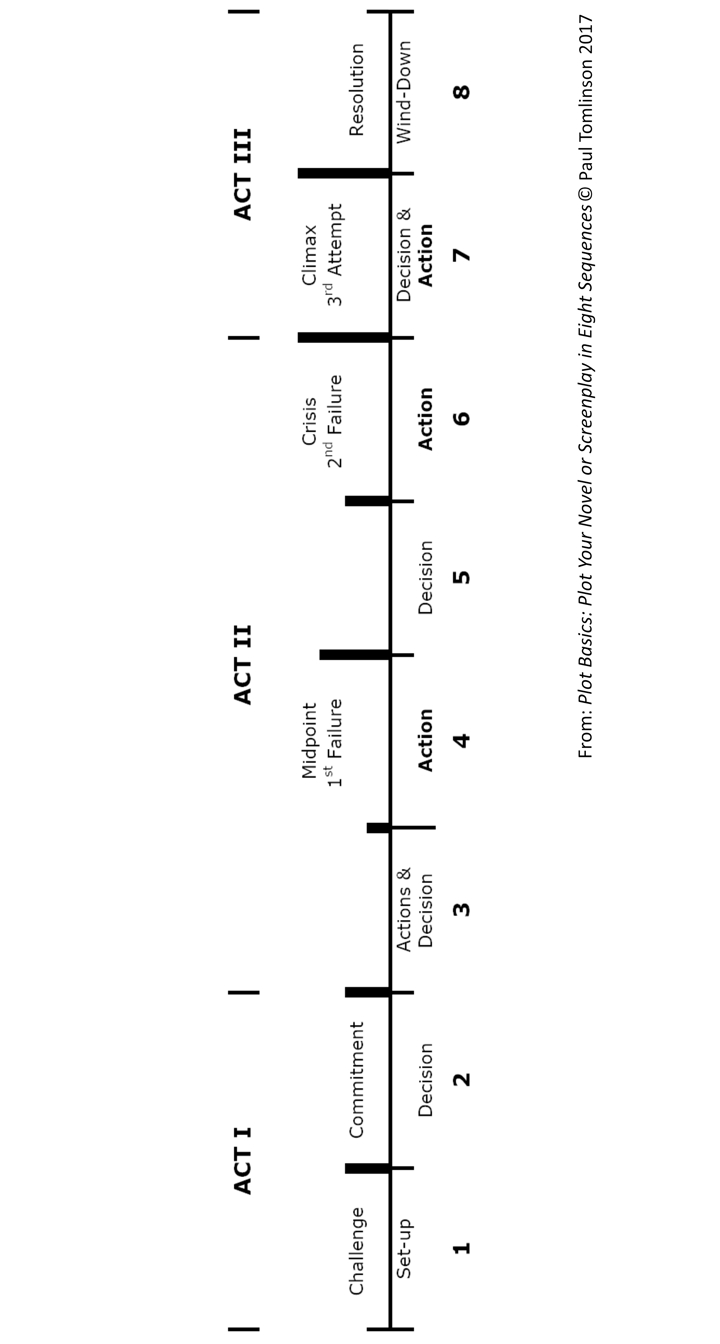
1 | Hardboiled Private Detectives
I am using the term hardboiled detective here to refer to private eye stories of the type written by Dashiell Hammett and Raymond Chandler. Their novels provide the model for most detective fiction written today. Im also using it because terms like private eye, private investigator, or private detective could be said to include some of the detectives of the traditional murder mystery and I want to distinguish between the two. And hardboiled dick just sounds wrong.

